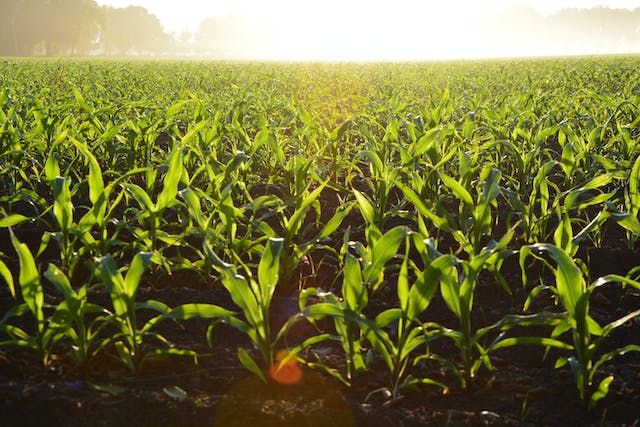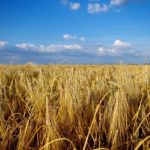Our world is continually changing. The global population is expected to increase by 2.2 billion by the year 2050, which will greatly impact the agricultural sector as they try to keep up with demand. Climate change and threats of resource depletion are causing agricultural experts and innovators to explore new ways of tackling these issues. One of the key areas of focus is introducing renewable energy sources into agriculture. In this article, we will explore the role of two prominent renewable energy sources in agriculture: solar farms and bioenergy.
Solar Farms
A solar farm is a collection of solar panels that absorb energy from the sun and convert it into electricity. A solar farm can be small, consisting of just a few solar panels that can power a single home or building, or it can be large and feed the energy generated directly into an area’s power grid. Solar energy is abundant and environmentally friendly, which makes it a perfect fit for agriculture. It produces minimal greenhouse gas emissions compared to other energy sources and can greatly reduce a farm’s carbon footprint. Energy generated from solar farms can be used to power various aspects of agricultural operations, from irrigation systems to machinery.
Not only do solar farms benefit the environment, but they can be cost-effective for the farmer in the long run. A big advantage of solar farms in agriculture is the potential for energy independence. While the cost of starting a solar farm can be high, farmers can reduce reliance on external power sources by producing their own energy, which results in energy savings in the future. Governments around the world are also offering financial incentives to encourage the adoption of solar energy in agriculture and help farmers get started with their solar farms. Some large scale solar farms that are connected to the grid can even allow farmers to sell excess electricity back to the power grid, which can provide another revenue stream to the farm.
Bioenergy
Bioenergy is a form of renewable energy that comes from organic materials. Agricultural byproducts such as crop residues, animal manure and other organic waste can be converted into bioenergy through various processes.
Anaerobic digestion is a process that breaks down organic matter in the absence of oxygen, which produces biogas as a byproduct. Biogas, primarily composed of methane, can be used as a renewable fuel. Other biofuels come from crops like corn, soybeans and sugarcane and offer a renewable alternative to traditional fuels. By using bioenergy, a farm can generate energy from resources that would have otherwise been discarded. This not only leads to cost-savings, but also a more sustainable future for the local farm and the global agricultural sector as a whole.
Conclusion
The integration of renewable energy sources like solar farms and bioenergy into agriculture marks an important step toward a more sustainable and environmentally friendly future. As the global population continues to grow, the demand for food production will increase and will put additional pressure on the environment. By adopting renewable energy solutions, farmers and agricultural experts are working together to not only meet the rising demand for food, but also contribute to the global effort to combat climate change.
Related Posts












